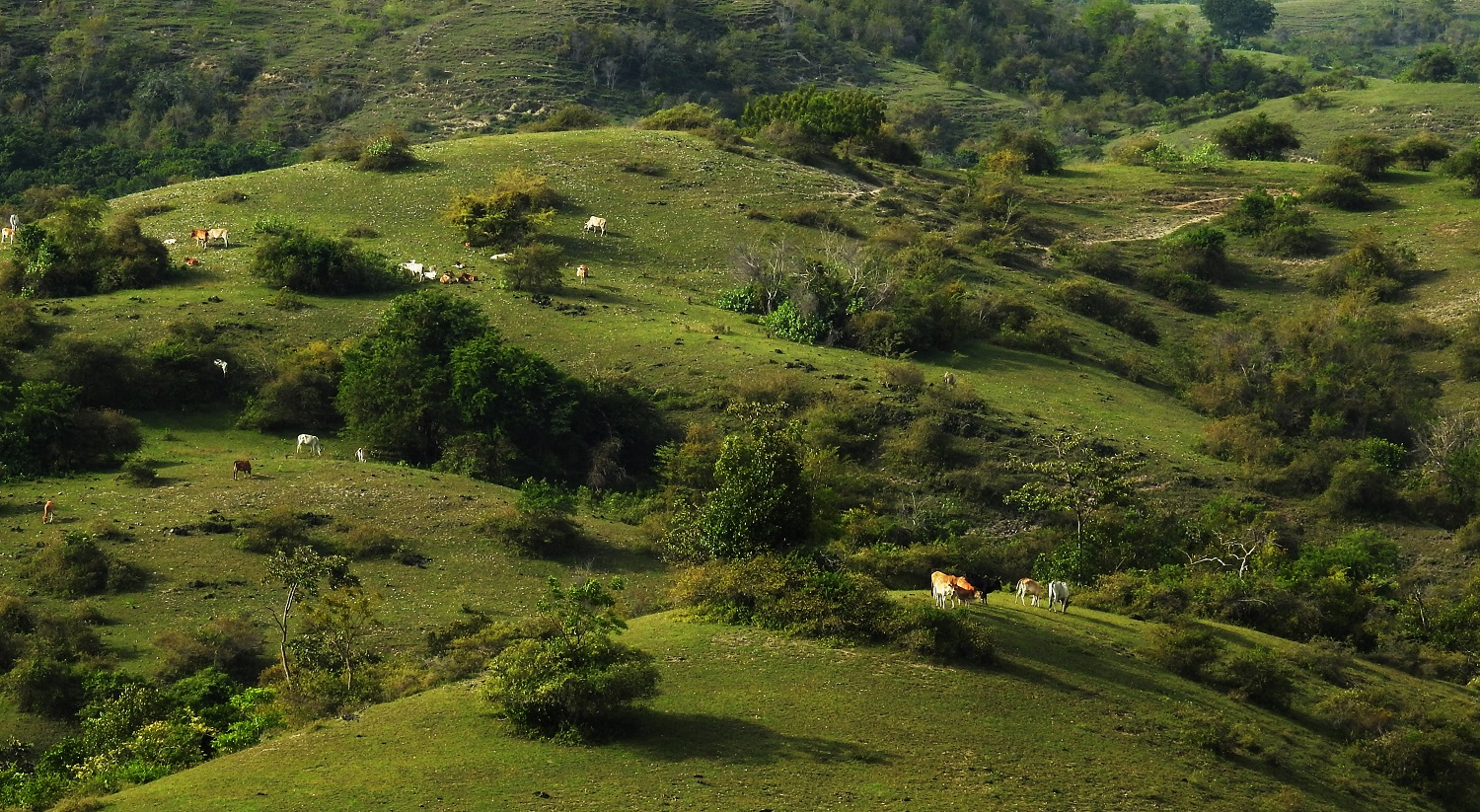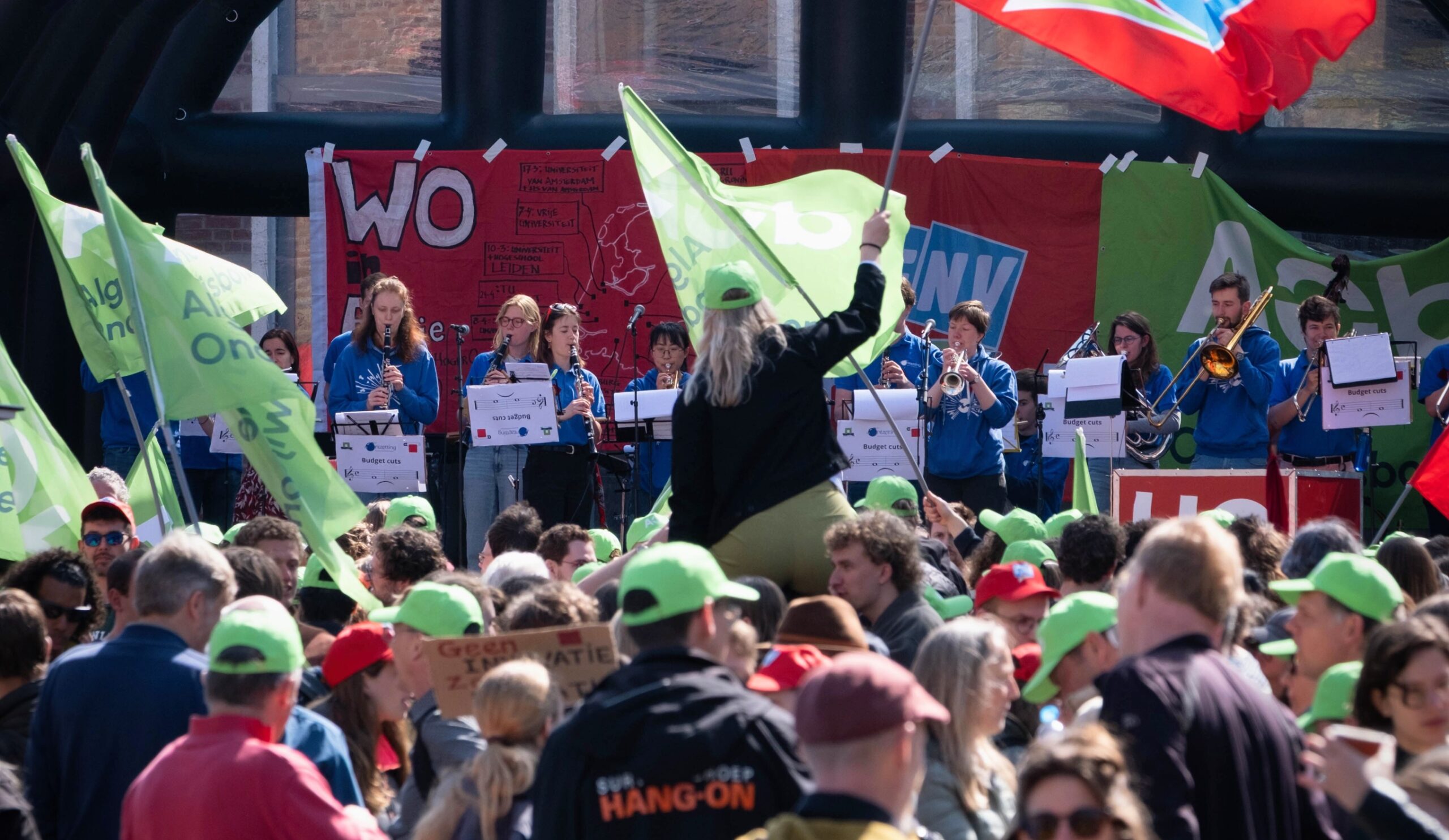Large chunks of tropical forests still perish in favour of agriculture. But when that purpose stops, the forest regrows rapidly, an international study led by WUR forest ecologist Lourens Poorter reveals. The study, which was conducted in Africa and Central and South America, appeared in today’s edition of Science.
Poorter and his team mapped the growth of a large number of plots of secondary forest. Secondary forests are those that grow after farmers return the deforested area to nature. Nature returns with remarkable speed. Within 20 years, many characteristics of the original forests are recovered for as much as 80 per cent. Full recovery is achievable within 120 years.
Timeline
The researchers deduced this from a study of 77 different tropical landscapes and over 2200 plots of secondary forest, all in different stages of recovery. This yields a forest recovery timeline. Some of the forest’s characteristics return sooner than others. The soil recovers almost entirely within a decade, while the wood and foliage properties recover in less than 25 years.
Use natural recovery where possible, and plant where needed
Lourens Poorter, Forest Ecology and Forest Management
The return of the tropical forest’s biodiversity takes between 20 and 60 years. That does not mean, however, that the original situation is fully restored after 60 years. The variation in species returns, but they may be different species. It may also take longer for tropical trees to reach maturity. Thus, a full recovery can take at least 120 years.
Seed
The researchers optimistically conclude that the power of recovery of secondary forests is great, provided the land was not used for agriculture very long. The soil will still have stayed intact to a sufficient degree and will still contain sufficient seeds. According to Poorter, the study underscores the importance of secondary forests for the recovery of biodiversity and achieving the climate goals.
‘There are several options for reforestation, depending on the local conditions’, he adds. ‘Use natural recovery where possible, and plant where needed. When planting, agroforestry may also be an excellent option. We hope that a mix of approaches contributes to more natural, biodiverse, healthy and resilient landscapes.’

 Photo Shutterstock
Photo Shutterstock 

